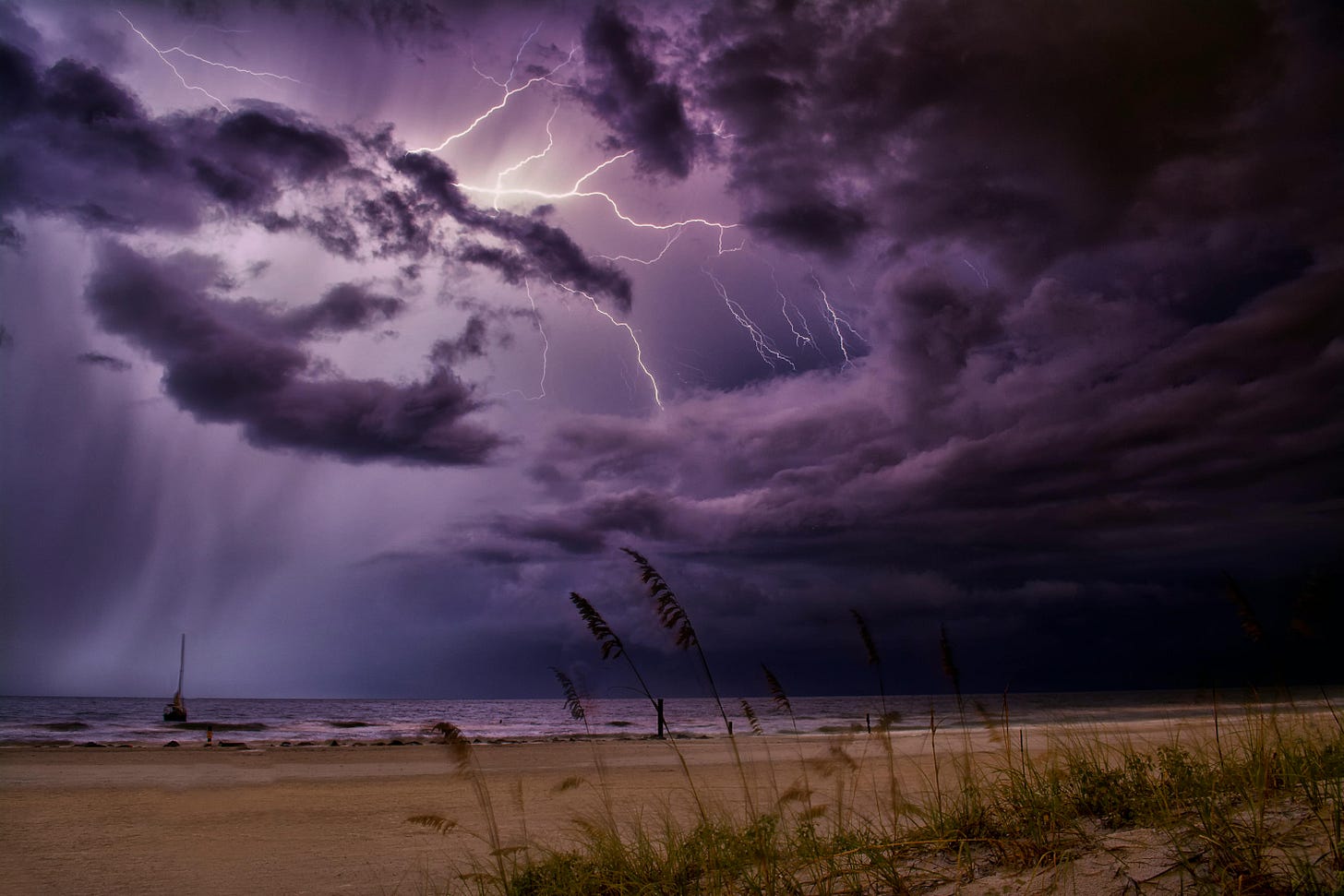
Is our yellow sun a new sun? In the ancient world Saturn was called the sun. The Maya believed that the sun was different in those days, and Babylonian texts reference ‘the ghost of the sun’. Did Saturn once hold a more prominent place in our night sky?
Alchemical texts muse cryptically on ‘the original fire and hearth of the house.’* The idea of Saturn as the sun is one that is deeply rooted in esoteric and symbolic thinking. Alchemical pictures often depict a sun being devoured, and Ragnorok tells of a time the sun will be eaten by a giant wolf.
Saturn, the most ancient of all the gods, ruled in the Golden Age. All the world was bathed in a beautiful soft purple light and there was no division between night and day. Man knew neither age nor sickness in the Golden Age, nor did he know toil. The land gave forth everything in an endless bounty. Ovid describes him in Metamorphosis as the god who ended conflict and introduced harmonious peace, when all men lived without the need for law or punishment, and all the land belonged to everyone and no one. Odin, the one eyed Norse god, is described in strikingly similar terms as Saturn as the organiser of things and bringer of order.
Following a cataclysmic event, Saturn was banished from the sky, and the moon appeared, bringing with it a fall from gold, when men turned on each other and nature became red in tooth and claw.
Also known as ‘the wealthy father’, Saturn’s temple was used to hold money in the city of Rome. The Saturnalia festival was the biggest and most widely celebrated in the Roman calendar. As the nights drew in, it became a time when the world of gods and spirits became stronger, and at no time were they more powerful than over the Saturnalia when the gates of the underworld were open.
It is from these ancient pagan beliefs that the Christmas ghost story, most famously Dicken’s A Christmas Carol, was born and has remained a strong tradition to this day, showing how these forgotten beliefs continue to reach out and influence the arts and creative thought.
During Saturnalia, courts were suspended, and social roles were reversed with slaves being served by their masters. This symbolic reversal is prevalent in alchemy, with the well known ‘as above, so below.’ This process of Jungian enantiodromia is crucially linked to transformation. That which was dark, could become light over Saturnalia.
Saturnalia brought with it the gift of speech for animals. Talking animals is something that particularly upsets the church in children’s books, and we can see now, after putting the pieces together, why they dislike it so. It is because it is of the old world.
The magic of Christmas belonged to Saturn, and has been celebrated since pre historic times.
Throughout the ages, the idea of shadows has been prevalent and has featured in myths, art and fairy-tale as well as featuring prominently in Jungian psychology. It is possible that those who were here before the cataclysm, the children of Saturn, would no longer cast a shadow as the new sun did not shine on them in the same way as it did the newcomers who came with it. Certainly the idea of not having a shadow being associated with being disliked or cursed is still thriving today.
It is possible that these folklores and legends that filtered down to describe vampires were influenced by these early beliefs. Even as time passed the symbolism was so rich and so effective on the unconscious mind that it remained even though the original explanation was lost. This could be the root of the trope that vampires cannot walk in the sun. The house of Saturn could be the original house of which the alchemists wrote.
Saturn as the original sun provides a unifying thread across myths, alchemy, and elements of gothic literature, indicating patterns of a universal religion across the world in prehistoric times. It is hard to visualise that amount of passing time, especially since Rome is closer to us now in 2024 than to the era of Stonehenge. Those who we consider living in ‘ancient’ times were as disconnected from the deep past as we are today.
These minute jewels of legend that we can excavate today are the last remains of the world before the fall, the tiny vestiges of the time of the old gods. As such they are precious. And they persist.
(Jung, Mysterium Coniunctionis)




John- This is such an interesting read: “It is from these ancient pagan beliefs that the Christmas ghost story, most famously Dicken’s A Christmas Carol, was born and has remained a strong tradition to this day, showing how these forgotten beliefs continue to reach out and influence the arts and creative thought.” I didn’t expect to learn about Dickens, Christmas, or Saturn today so thanks for sharing.
You probably already know the works of Immanuel Velikovsky, David Talbott and Troy D. McLachlan and I am assuming they gotta be what you based your article on. But in case you haven't yet read ALL of them, I highly recommend you do, cause this topic is exactly what they go into in depth and connect it with a lot of other things that at least I didn't know were connected.